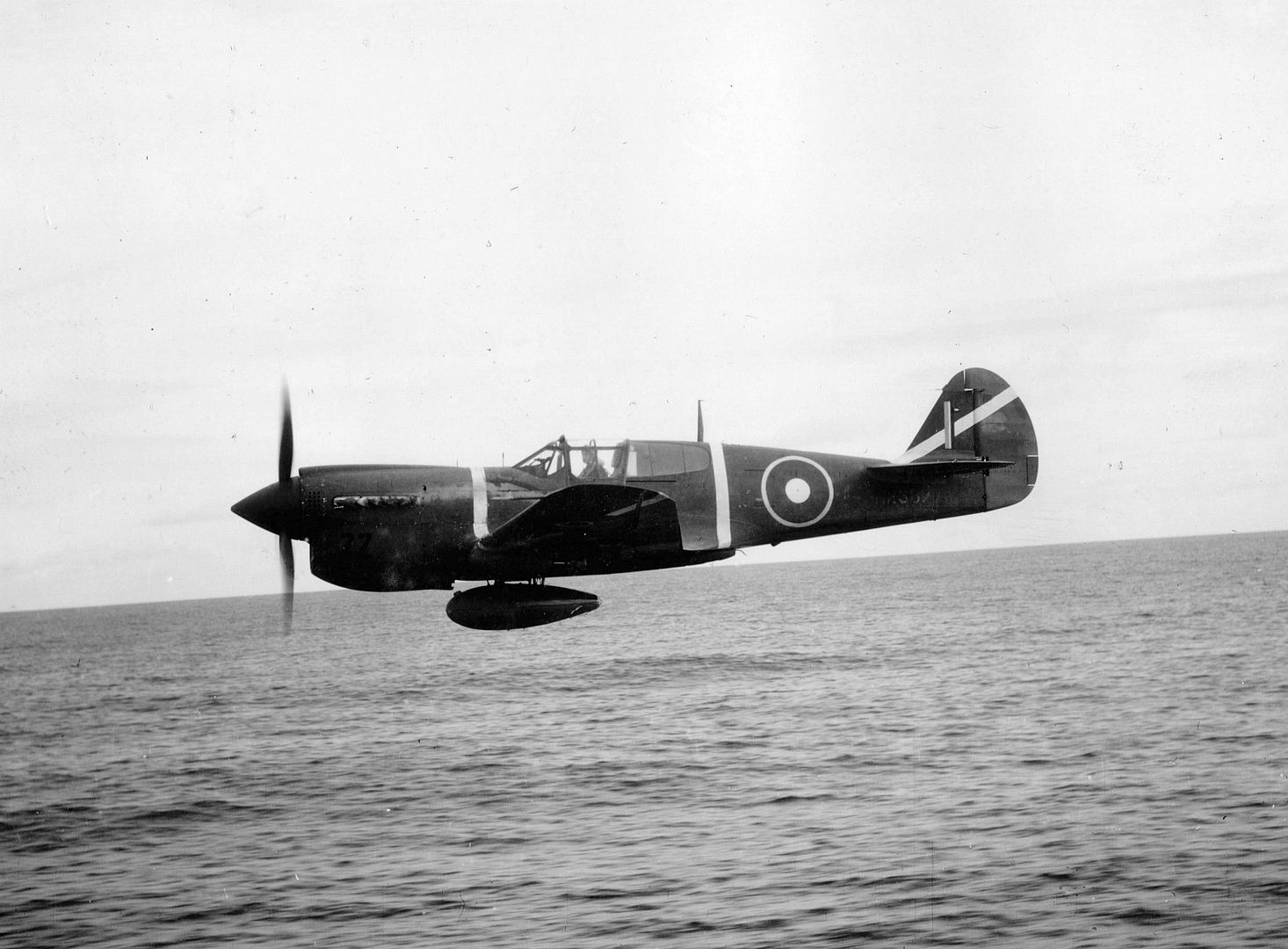Forums
- Forums
- Axis And Allies Forum
- General Discussion
- Photo of the week
Photo of the week
Post a reply
- Go to Next topic
- Go to Welcome
- Go to Introduce Yourself
- Go to General Discussion
- Go to Screenshots, Images and Videos
- Go to Off topic
- Go to Works in Progress
- Go to Skinning Tips / Tutorials
- Go to Skin Requests
- Go to IJAAF Library
- Go to Luftwaffe Library
- Go to RAF Library
- Go to USAAF / USN Library
- Go to Misc Library
- Go to The Ops Room
- Go to Made in Germany
- Go to Campaigns and Missions
- Go to Works in Progress
- Go to Juri's Air-Raid Shelter
- Go to Campaigns and Missions
- Go to Works in Progress
- Go to Skinpacks
- Go to External Projects Discussion
- Go to Books & Resources
-
 Main AdminThis weekends photos,taken at Sydney Australia
Main AdminThis weekends photos,taken at Sydney Australia
USS Louisville (CL/CA-28), a Northampton-class cruiser, was the third ship of the United States Navy to be named for the city of Louisville, Kentucky. She was active throughout the Pacific War. USS Louisville was the first large warship to be built in a drydock.
In January 1938, Louisville began a long Pacific cruise which took her to Hawaii, Samoa, Australia, and Tahiti before returning to Pearl Harbor for fleet problems. While in Sydney, Australia, the crew of the Louisville rescued a number of passengers from a sightseeing ferryboat which had capsized and sank when most of the passengers crowded on the open top deck ran to the rail to wave the cruiser off. Nineteen of the ferry's passengers died.

-
 Main Admin
Main Admin -
 Main Admin
Main Admin -
 Main Admin
Main Admin -
 Main Admin
Main Admin -
 Main Admin
Main Admin -
1 year agoFri Aug 23 2024, 09:15pmDuggy
 Main Admin
Main Admin -
 Main Admin
Main Admin -
1 year agoWed Aug 28 2024, 08:13pmDuggy
 Main AdminThis midweeks photo.
Main AdminThis midweeks photo.
ALG A-6 in the summer of 1944 shows a P-47D Thunderbolt of an unidentified unit undergoing rearming (Frag bombs) and refueling
Known as Advanced Landing Ground "A-6", the airfield consisted of a single 5000' (1500m) Square-Mesh Track runway aligned 05/23. In addition, tents were used for billeting and also for support facilities. An access road was built to the existing road infrastructure, and a dump for supplies, ammunition, and gasoline drums, along with a drinkable water and minimal electrical grid for communications and station lighting.
Construction of the airfield began on the morning of 8 June, when an advanced element stronger than fifty men began work at about 10:00 a.m. After a day of hard work almost in the heart of the fighting during which the battalion lost seven men, the runway was almost ready. The presence of snipers and enemy aircraft at night prohibited night work. First the land was put to the standard R and R (refueling and rearming). In this configuration, it ended 14 June. Nevertheless, from 10 June, three spitfires from a Polish squadron of the 2nd Tactical Air Force British had already landed. The first American plane landed there on 11. The same day, five Waco gliders filled with ammunition and reinforcements to the 82nd Airborne also were there. The next day an air drop of more than 20 tons of ammunition occurred above the airfield. The rest of the battalion joined the media company on 11 and 12 June.
It was declared operational on 14 June, eight days after D-Day, and served as the first airfield on the beachhead.The fighter planes flew support missions during the Allied invasion of Normandy, patrolling roads in front of the beachhead, strafing German military vehicles and dropping bombs on gun emplacements, anti-aircraft artillery and concentrations of German troops in Normandy and Brittany when spotted.
After the Americans moved east into Central France with the advancing Allied Armies, the airfield was left un-garrisoned and used for resupply and casualty evacuation. It was closed on 18 September 1944 and the land returned to agricultural use. -
 Main AdminThis weekends photo.
Main AdminThis weekends photo.
And staying with ALG A-6
On June 21, 1944 a P-47D of the 406th Fighter Group’s 514th Fighter Squadron (squadron code O7-U) suffered a mishap at ALG A-6 and the aircraft was destroyed by fire. This may have been the incident in which 406th Fighter Squadron NCO Sgt. Glen W. Bloodworth braved the dangerous conditions to help put out the fire for which he was later awarded the Soldier’s Medal._suffered_a_mishap_at_ALG_A-6_and_the_aircraft_was_destroyed_by_fire..jpg?width=1920&height=1080&fit=bounds)
Post a reply
- Go to Next topic
- Go to Welcome
- Go to Introduce Yourself
- Go to General Discussion
- Go to Screenshots, Images and Videos
- Go to Off topic
- Go to Works in Progress
- Go to Skinning Tips / Tutorials
- Go to Skin Requests
- Go to IJAAF Library
- Go to Luftwaffe Library
- Go to RAF Library
- Go to USAAF / USN Library
- Go to Misc Library
- Go to The Ops Room
- Go to Made in Germany
- Go to Campaigns and Missions
- Go to Works in Progress
- Go to Juri's Air-Raid Shelter
- Go to Campaigns and Missions
- Go to Works in Progress
- Go to Skinpacks
- Go to External Projects Discussion
- Go to Books & Resources








